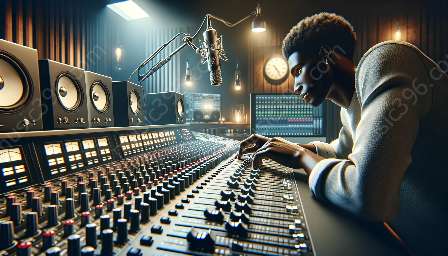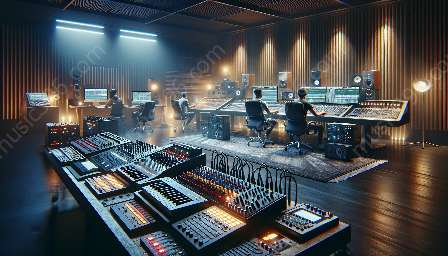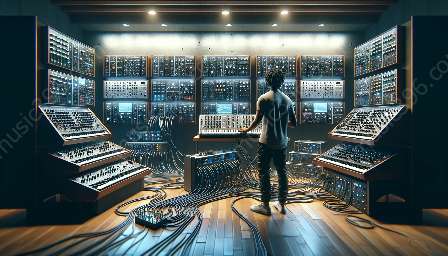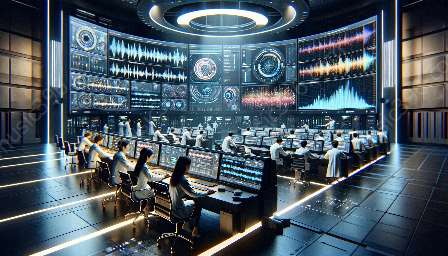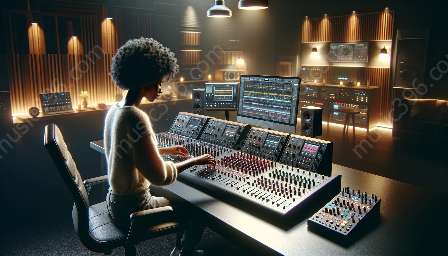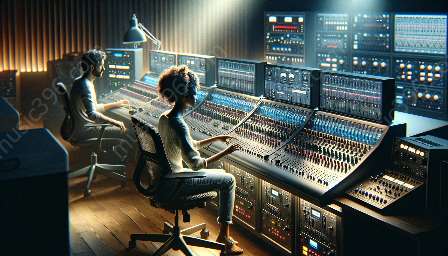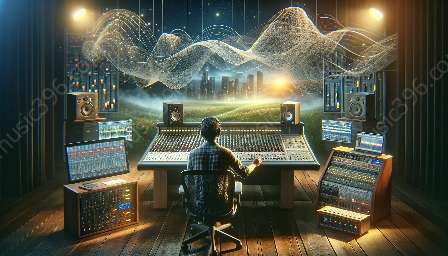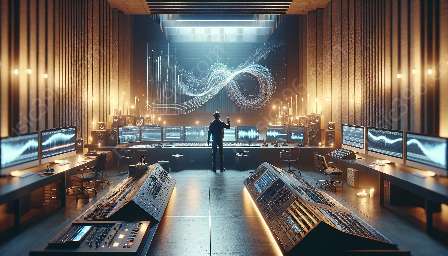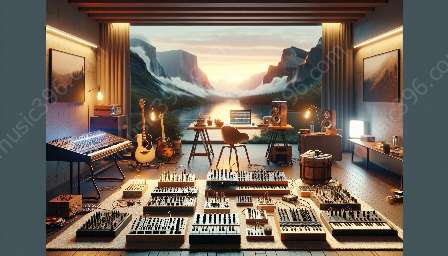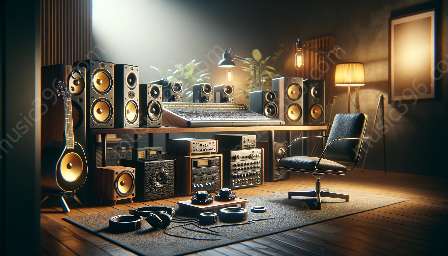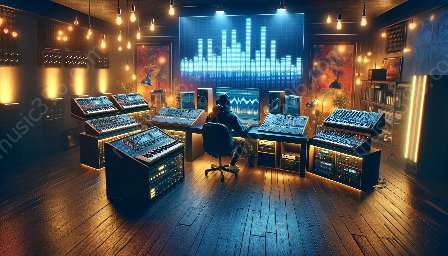Live music performances are a key part of the music industry, and with the advancement of technology, the use of virtual instruments has become increasingly common. Virtual instruments, also known as software instruments or plugins, are digital representations of musical instruments that can be used in a live setting to create and manipulate sounds.
While virtual instruments offer a wide range of possibilities for musicians, they also present a unique set of challenges when used in live performances. In this article, we will explore the challenges faced by musicians when using virtual instruments in live performances and their impact on the overall live music experience.
The Challenges of Latency
One of the primary challenges musicians face when using virtual instruments in live performances is latency. Latency refers to the delay between the moment a musician triggers a note on their instrument and the moment the sound is produced through the speaker system. In a live setting, even a small amount of latency can be noticeable and can disrupt the natural flow of the music.
Virtual instruments rely on software processing to generate sounds, and this processing can introduce latency, especially when using complex, resource-intensive plugins. Musicians must carefully manage their setup and optimize their systems to minimize latency and ensure a seamless performance.
Software Stability and Reliability
Another significant challenge for musicians using virtual instruments in live performances is the stability and reliability of the software. Unlike traditional instruments, which are physical objects, virtual instruments are reliant on the stability of the underlying software and hardware systems.
Software crashes, system errors, and hardware compatibility issues can all disrupt a live performance and create stress for musicians. As a result, musicians must invest time and resources into testing and maintaining their systems to ensure that their virtual instruments are reliable and stable in a live setting.
Integration with Live Performance Setup
Integrating virtual instruments into a live performance setup can pose technical challenges for musicians. Virtual instruments often require specific hardware and software configurations, and setting up a seamless integration with existing live performance setups, including audio interfaces, mixers, and controllers, can be complex.
Furthermore, the flexibility and versatility of virtual instruments can create creative possibilities, but can also add layers of complexity to the overall live performance setup. Musicians need to carefully plan and organize their setups to ensure that virtual instruments complement, rather than complicate, their live performances.
Authenticity and Expression
Virtual instruments offer a vast array of sounds and timbres, but musicians often face challenges in conveying authenticity and expression when using these digital tools. Traditional instruments, such as acoustic guitars or pianos, offer a tactile and dynamic playing experience that can be challenging to replicate with virtual instruments.
Musicians must work to develop techniques and playing styles that translate the same level of authenticity and expression when using virtual instruments in live performances. This often requires a deep understanding of the capabilities and limitations of virtual instruments and the development of unique performance strategies to convey emotion and musicality.
Adaptation to Changing Technology
The field of music technology is constantly evolving, and musicians using virtual instruments in live performances must adapt to changing technologies and software updates. New virtual instrument plugins, software platforms, and performance tools are continually being released, and musicians need to stay informed and educated about the latest developments in music technology to maintain a competitive edge.
Adapting to changing technology also requires musicians to invest in ongoing training and skill development to maximize their proficiency with virtual instruments and stay relevant in a rapidly evolving industry.
Conclusion
In conclusion, using virtual instruments in live performances presents a unique set of challenges for musicians. From managing latency and ensuring software stability to integrating virtual instruments into live performance setups and conveying authenticity and expression, musicians must navigate a range of technical and creative challenges to deliver compelling live music experiences.
Despite these challenges, the use of virtual instruments also opens up new possibilities for creativity and sonic exploration, allowing musicians to push the boundaries of traditional instrumentation and create immersive live music experiences that resonate with audiences in innovative ways.

